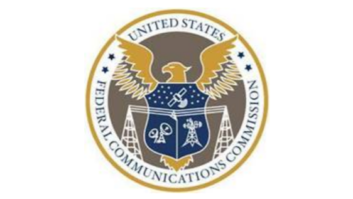 Is the FCC correctly balancing the interests of AM owners who want FM translators, with the interests of those who want the spectrum for LPFM stations?
Is the FCC correctly balancing the interests of AM owners who want FM translators, with the interests of those who want the spectrum for LPFM stations?
The Media Bureau believes the commission does strike the right balance. And it has just issued a ruling in a California case that articulates its thinking, upholding how the commission conducted two AM translator filing windows.
This ruling is signed by the chief of the Audio Division Albert Shuldiner, no doubt aware that his words will be scrutinized by participants in what has become a wider debate over preferences for “translators vs. LPFMs.”
In this case, Shuldiner rejected an attempt by an LPFM proponent to deny iHeartMedia a translator for an AM station in Modesto, Calif. iHeart — doing business as Capstar TX — applied for a translator on 107.5 for AM station KFIV, which airs a news talk format. But Justin Howze filed an objection, arguing that the application would displace “one of two viable open LPFM channels” in Modesto, thus violating the Local Community Radio Act of 2010. He also said that because the iHeart subsidiary was in bankruptcy at the time, it lacked financial resources to build a new translator and so the public interest argued against the application.
iHeart replied that in essence, Howze’s main gripe was not with its application but with the entire translator auction process set out in the AM revitalization initiative. But the company said it had followed correct procedures in the auction, and that nothing about its Chapter 11 reorganization plan prevented it from conducting business.
[Inside the New Translator Interference Rules]
Now, in ruling against Howze, Shuldiner spends most of his words exploring the argument that the application violated the spirit of the LCRA by proposing a new translator in a market where there are more translators than LPFMs — a question that could have ramifications in other markets.
He wrote that the FCC’s translator process for AM licensees was designed to “strike a balance between the stated goals of the AM Revitalization proceeding and the need to preserve spectrum for future applicants.” Citing one data point, he said that not more than about 1,700 new cross-service FM translators could be granted under the rules of the Auction 99 and 100 filing windows, about 37 percent of the theoretical maximum, a balance he found reasonable. Howze had wanted the commission to use different, more stringent procedures that were adopted for the bigger, earlier translator Auction 83, but Shuldiner rejected that argument.
Further, he continued, nothing in the law requires the FCC to do a market-by-market evaluation of secondary spectrum availability or prohibits the further award of FM translator CPs in markets where translators outnumber LPFMs. “It requires only that the commission ensure that licensing opportunities are available for all secondary services, that its licensing decisions are made based on the needs of the local community, and that all secondary services remain equal in status (not number) and secondary to full-service FM stations,” Shuldiner wrote in the Media Bureau ruling.
The translator has now been granted a construction permit under call sign K298DG.








